Metro’s “Business Case” for Transit
Metro is wrapping up a study on the “business case” for transit that tries to answer the question, “how does the region benefit from Metro?”
The Purpose of the Study: The goal of the project is to tell the story of Metro’s critical role in the development of the greater Washington region. We undertook the study to identify all the ways that Metro impacts the broader regional economy, and measure those impacts in terms of real estate value, economic competitiveness, avoided roadway infrastructure, and others.
Why this Study? At WMATA’s 35th anniversary, and as we plan for the future, it’s important to understand what has happened since we decided to grow and sustain our transit system. Metro often measures our performance in short-term transportation terms – ridership, service frequency and reliability, and costs. And we will continue to do so. But transportation is not an end to itself, it is a means to an end. Metro impacts the region in much broader ways – changing the real estate market, altering people’s choices about where to live and work, and impacting our economic livelihood. This study tries to shed light on those longer-term impacts as well.
In addition, Metro is frequently in the public sphere with regards to our costs: our operating budget, fares, or capital program. As we talk about costs, it’s important to talk about the benefits we provide, too.
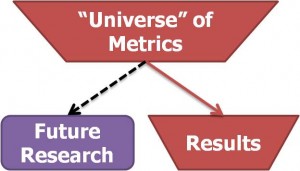
This study began with a long list of ways to measure transit benefits, and then narrowed to a subset of quantifiable results.
What the Study Is: We try to evaluate transit by imagining a region without transit, and measuring the differences from today. One of the best ways to understand the value of something is to take it away. A Washington without transit is, of course, a hypothetical situation. Without transit, the region would look very different – but that difference is exactly the effect that this report tries to measure. By imagining the region without transit, it is possible to understand its role and value in the economy of the Washington area.
What the Study Is Not: This study is not a formal cost-benefit analysis of Metro. It does not add up all the benefits and compare benefits to costs, because some of the measures of benefits overlap other measures. For example, we quantify the road infrastructure not needed because of transit, and also the amount of congestion avoided, but these are in large part mutually exclusive. Instead, we try to describe the benefits of Metro in as many ways possible, to give people an idea of the magnitude of Metro’s impact.
What Can We Take Credit For? The study quantifies benefits, but doesn’t claim that the result is entirely due to Metro alone. For example, Arlington County highlights its economic success in the Rosslyn-Ballston corridor along the Orange Line, but transit is only one part of this success, along with zoning, development decisions, long-term policies, and other factors. So, in this study we measure the benefits where transit is either a precondition for, or an integral part of, an impact.
Results: We’ll be publishing a few posts in this space shortly to explain the major findings of the study. Stay tuned! In the meantime, read the Final Report (pdf).
Cross-posted at Region Forward.

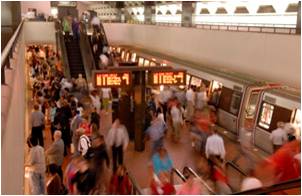
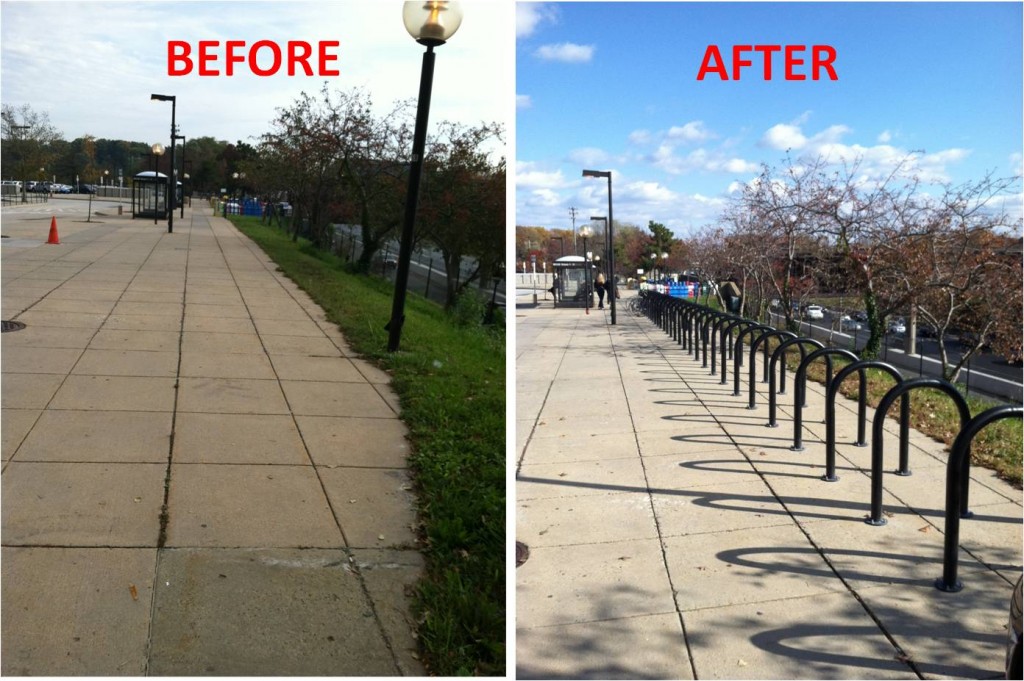
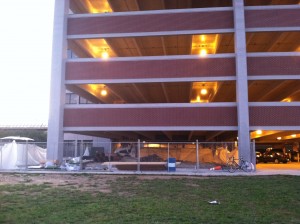
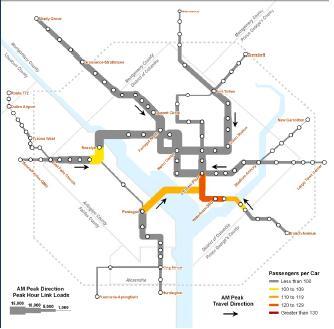
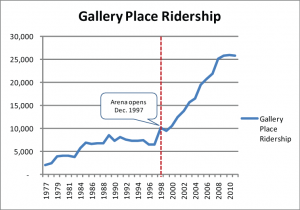

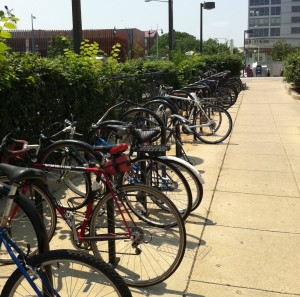
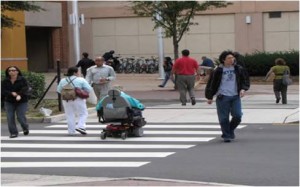
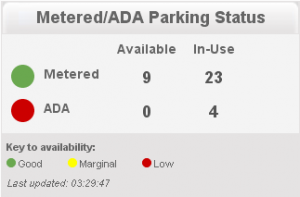
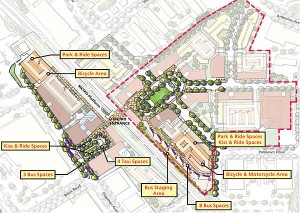

Recent Comments